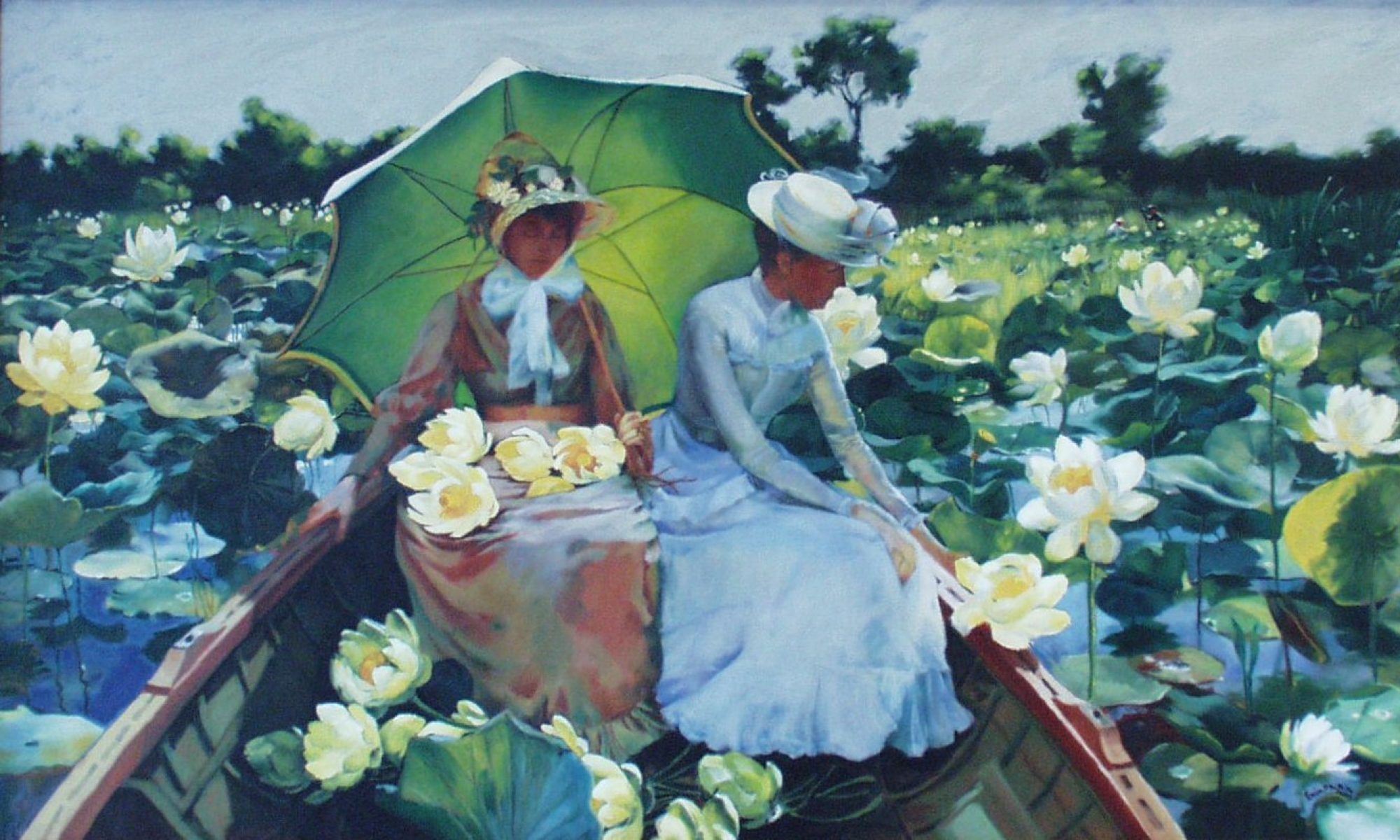Artist's Magazine Article The Artist’s Magazine
May 2007
Back to the Basics
(Excerpts From) Intense training in the classical techniques of representational art-what you’ll find in these academies that are attracting record numbers of students today.
By Robert K. Carsten
Perhaps we've entered a golden age in arts education; it certainly looks that way. Alongside the large number of art and design schools that emphasize individual creativity over mastery of skills, thrive institutions, large and small, that espouse the classical tradition. Committed to transmitting the fundamental skills that have been handed down through the ages, this classical approach is not merely a repetition of the past. It represents instead an ever-evolving, dynamic view of both what art has been and can be. Indeed, looking at the art created by the students and graduates of these ateliers, schools and academies reminds me that technical knowledge, creatively used, becomes the tool by which creative minds construct ideas into objects of extraordinary beauty and innovation.
Western tradition has long held that art is best learned by direct instruction and example from a master artist in a private studio or atelier (French for artist's studio). This atelier method reached immense popularity in 19th-century Europe, where small groups of students and apprentices worked, closely guided by a master. Well before that were the guild workshops of Italy; one such school, founded in Venice in 1345, was declared under the protection of Saint Luke, who reputedly painted pictures of the Virgin Mary. Artists' societies formed, too, often encompassing schools within them. Important ones became known as "academies," a word derived from the name of the Athenian garden (named for the hero Akademos) where Plato in the 4th century B.C. founded his famous school of philosophy. The first academy of drawing in Europe was the Accademia dell'Arte del Disegno, founded in Florence in 1561 by artists (including Giorgio Vasari) under the patronage of the Medici. The Academia became the prototype for other important and powerful academies that later became affiliated with country or state and that had great influence through the 17th and 18th centuries. Many continue to this day.
While academic instruction focused on continuing a tradition, opposing ideas sometimes existed outside an academy (as in the case of the early French Impressionists whom the Salon rejected), within an institution, and sometimes even from one academy to another. For example, in Bologna in the 1580s, Ludovico Car- racci (1555-1619) instituted the Academy of the Progressives, whose motto described a "school of those who regret the past, despise the present, and aspire to a better future." Together with the help of his cousins, Agos- tino and Annibale, Ludovico Carracci helped create the Baroque Style and trained a new generation of artists who made Bolognese painting a dominant force in 17th-century art.
One instrumental force in the revival of the atelier style of art instruction in the United States is the artist Richard Lack (1928—). Tracing his aesthetic philosophy in direct lines to the Boston School of American Impressionists and the French Academy, he founded The Atelier in Minneapolis (www.theatelier.org) in 1970. Lack's method of instruction offered students an opportunity to master the fundamental principles of the classical disciplines of realistic drawing and painting.
James Robinson, who also studied and taught at Lack's Atelier, opened the Art Academy (www. theartacademy.net) in St. Paul, Minnesota, in 1993. While adult classes are offered, the focus is on developing the artistic skills of children and young adults, ages 5 to 18. With more than 20 instructors, many of whom trained there, the Art Academy offers an extensive, sequential program of classes. Prior to attending Lack's Atelier, despite a college degree in fine arts, Robinson felt that he was not technically proficient in drawing and painting. "Art education," he explains, "in the 1960s and '70s stressed creativity over skill development." He opened his academy so that younger students could reach their full potential without going through the struggles he endured to find solid, technical expertise in the basic principles of art.
Painting by Jacob Collins
Cover of the May 2007 Issue of
The Artist’s Magazine

